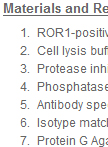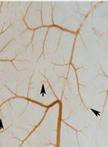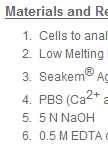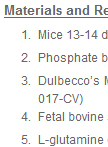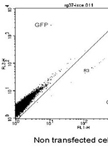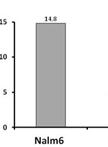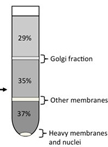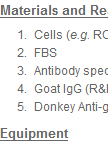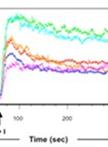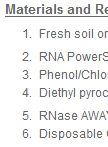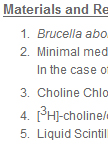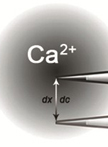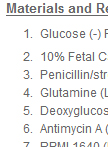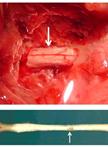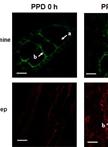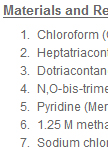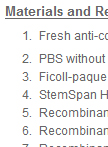- Submit a Protocol
- Receive Our Alerts
- EN
- Protocols
- Articles and Issues
- About
- Become a Reviewer
Past Issue in 2013
Volume: 3, Issue: 18
Biochemistry
Immunoprecipitation of ROR1
Cancer Biology
In vivo Chick Chorioallantoic Membrane (CAM) Angiogenesis Assays
Neutral Comet Assay
Isolation of Mouse Embryo Fibroblasts
Homologous Recombination Assay
End-synapsis Assay
Cell Biology
Enrichment of Golgi membranes from HeLa cells by sucrose gradient ultracentrifugation
ROR1 Flow Cytometry
Immunology
Flow Cytometric Analysis of Calcium Influx Assay in T cells
Microbiology
Isolating RNA from the Soil
Choline Uptake Assay in Bacterial Cells
Measurement of Extracellular Ca2+ Influx and Intracellular H+ Efflux in Response to Glycerol and PEG6000 Treatments
Molecular Biology
Chromatin Immunoprecipitation (ChIP), Streptavidin and ATP-agarose Mediated Pull-down Analyses
Neuroscience
Rat Model of Chronic Midthoracic Lateral Hemisection
Plant Science
Fluorescence Measurement of Postharvest Physiological Deterioration (PPD) in Cassava Storage Roots
Analysis of Flower Cuticular Waxes and Cutin Monomers
Stem Cell
iPS Cell Induction from Human Non-T, B cells from Peripheral Blood


